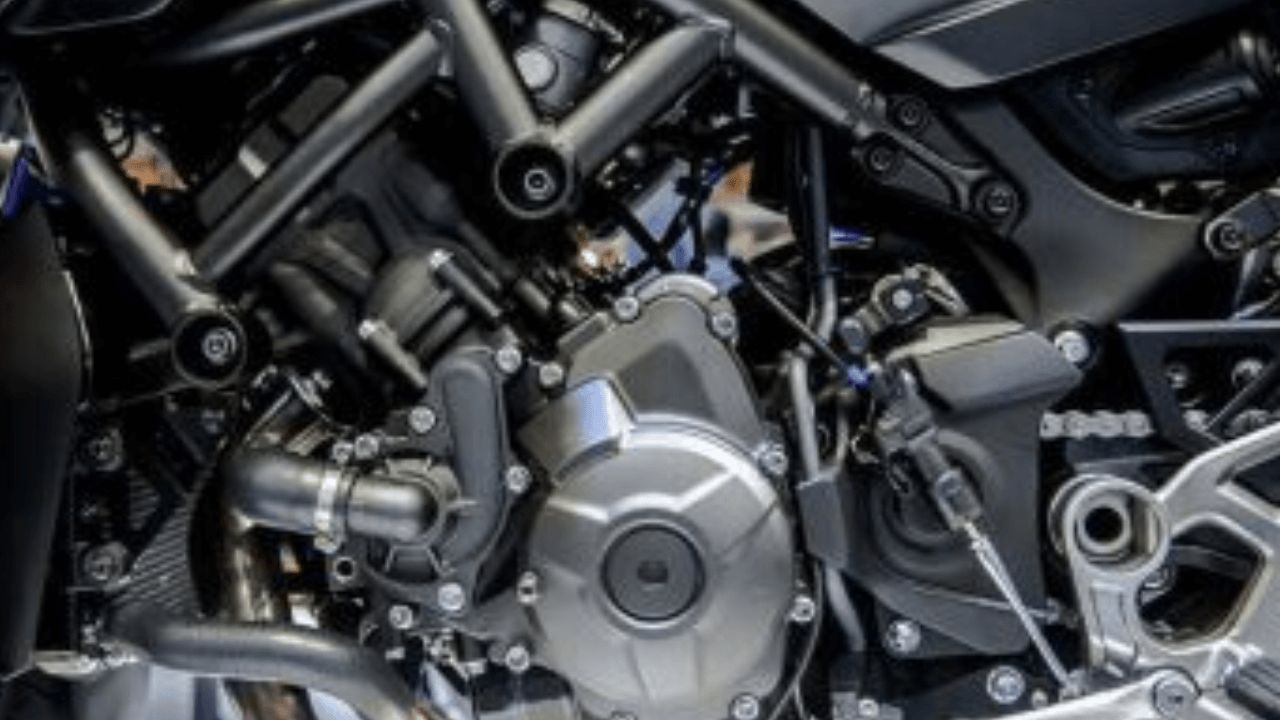The automotive, energy, agricultural, mining, and electrical sectors, among others, all depend on forging as a critical manufacturing process. By using compressive stresses, metals are molded into the desired forms and dimensions. The process results in accurate, durable metal parts that meet industry standards.
The automobile business is a significant one that relies on technological innovation to produce high-quality, efficient vehicles. For further details go to website. Focusing on creating forged parts composed of steel and aluminum for a variety of sectors, CXIN FORGING TECHNOLOGY is a leading forging enterprise
Which Technologies Are CXIN Forging?
CXIN FORGING TECHNOLOGY is a leading forging firm that provides forged parts for the automotive, electric bicycle, agriculture, engineering, and electrical industries, among other sectors. The company has greatly contributed to the growth and development of these areas by producing efficient and high-quality forged parts. To progress its forging technology and improve the caliber and efficacy of its products, the company has made considerable investments in R&D. The company uses CAD and simulation software in its forging process to manufacture high-quality, defect-free forged products.
Forging Different From Casting or Machining
Three different methods of creating metal exist: forging, casting, and machining. Each has unique properties and uses. Here is a thorough comparison of casting, machining, and forging:
Formation Process:
By using compressive forces, often hammers, presses, or die tools, forging involves shaping metal. Either at high temperatures (hot forging) or at room temperature (cold forging), the metal is manipulated into solid form. The procedure improves the mechanical characteristics of the metal by refining its grain structure.
Molten metal is poured into a mold during casting, where it solidifies to adopt the shape of the cavity in the mold. To get the final shape, the metal goes through a process of solidification in a liquid condition. In contrast to forging, casting may generate complicated shapes with a coarser grain structure.
To produce the required shape, material is removed from a workpiece during the subtractive process of machining. Grinding, turning, milling, and drilling are typical machining processes. It is appropriate for making exact components with close tolerances.
Material Properties:
The refining of the grain improves mechanical qualities, including strength, toughness, and fatigue resistance. Casting makes parts with directional strength that are in line with the applied forces. The mechanical qualities could be impacted by a coarser grain structure. Susceptible to internal flaws, like porosity, which can affect strength and integrity. The procedure itself does not improve the mechanical qualities; instead, it typically preserves the properties of the base material.
Design Flexibility:
Forging enables the creation of delicate and complex shapes, particularly when precision forging and closed-die forging are used. It is suitable for making components with particular structural specifications.
Casting offers freedom in design for complicated geometries; however, mold limitations may have an impact on the final shape. It is well suited for substantial, complex components. Machining High design flexibility is offered; however, it is better suited for components where material removal is practical.
Economic Considerations:
Forging although initial tooling costs may be somewhat costly, large manufacturing runs might benefit from economies of scale. High material use reduces waste. Casting Compared to forging, tooling costs are lower, but because more material is required to fill the mold, material utilization may be less efficient. Machining although tooling prices can vary, the procedure is typically more cost-effective for shorter manufacturing runs.
Surface Finish:
Forging usually produces a surface polish that is better than casting. For crucial tolerances, post-forging machining may only be minimally necessary. Casting Surface finish might vary, and extra machining or finishing steps are frequently needed. Machining can produce highly accurate surface finishes, frequently doing away with the need for further finishing procedures.
Final Talk
Forging is a revered and revolutionary metallurgical process that has changed the manufacturing environment for millennia. Forging adds excellent mechanical qualities to metal by the expert use of regulated compressive forces, producing components with exceptional strength, durability, and dependability.

